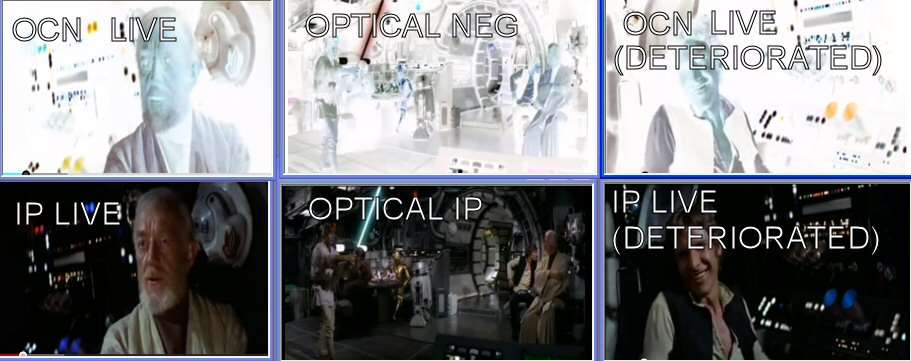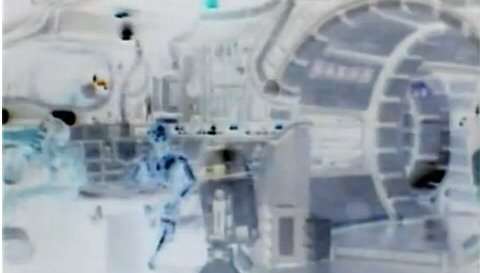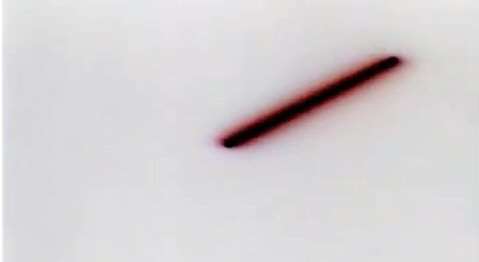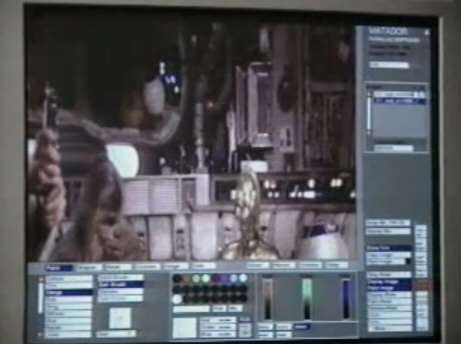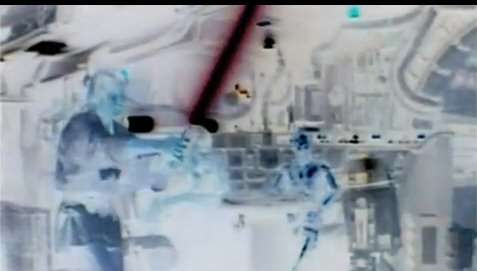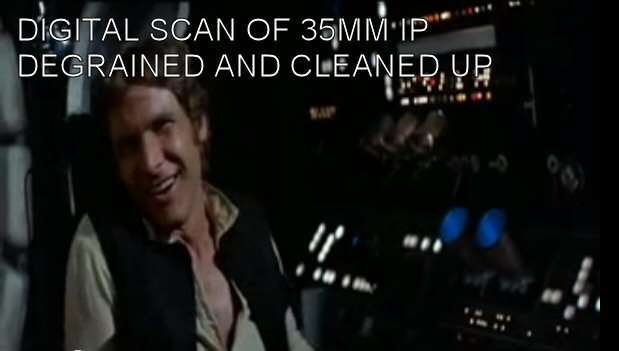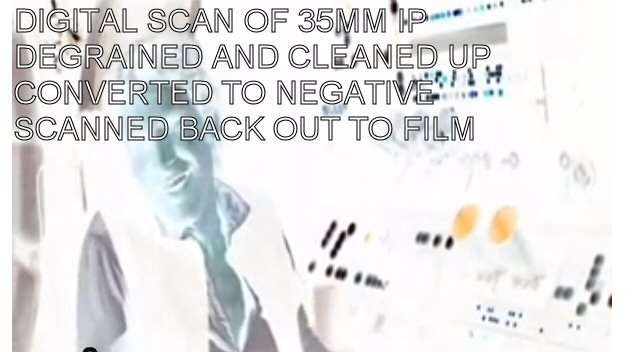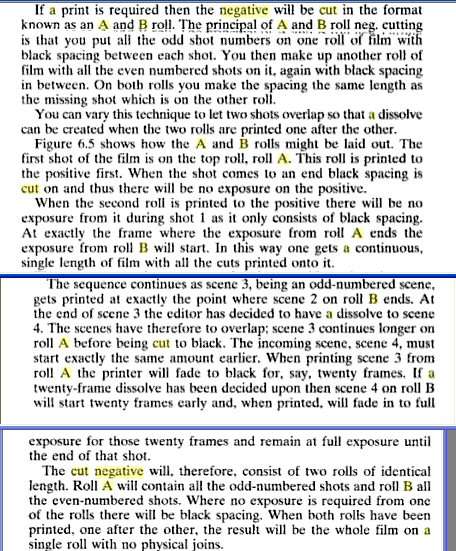- Post
- #548771
- Topic
- I want my kids to see the unaltered Original Trilogy in a real theater
- Link
- https://originaltrilogy.com/post/id/548771/action/topic#548771
- Time
Puggo - Jar Jar's Yoda said:
Tighe said:
Thanks! I don't even care if it is restored, a direct transfer would be fine with me. Dirt, scratches, and dots are all fine! That is what it was like in the theater! ;-)
That is what it was like in the theater AFTER the films had been played hundreds of times and got worn. The best prints in the best theaters on opening day would have looked sharper than blu ray, and sounded better too.
I would suggest spending some time reading the various threads in the preservation section. There are many different versions depending on what you're looking for.
Not according to George Lucas:
The audience will get a brand new print(1997 special edition) that’s very clean and actually better than the original release(1977 print) in terms of technical quality. It’s less grainy, it’s less dirty, and it’s just a better print.(than the 1977 print)
Regarding the sound:
Now we’re able to deliver even better than the seventy-millimeter quality with the new digital release in a range of sound that was not possible before.”
http://starwarssuperfans.wordpress.com/



